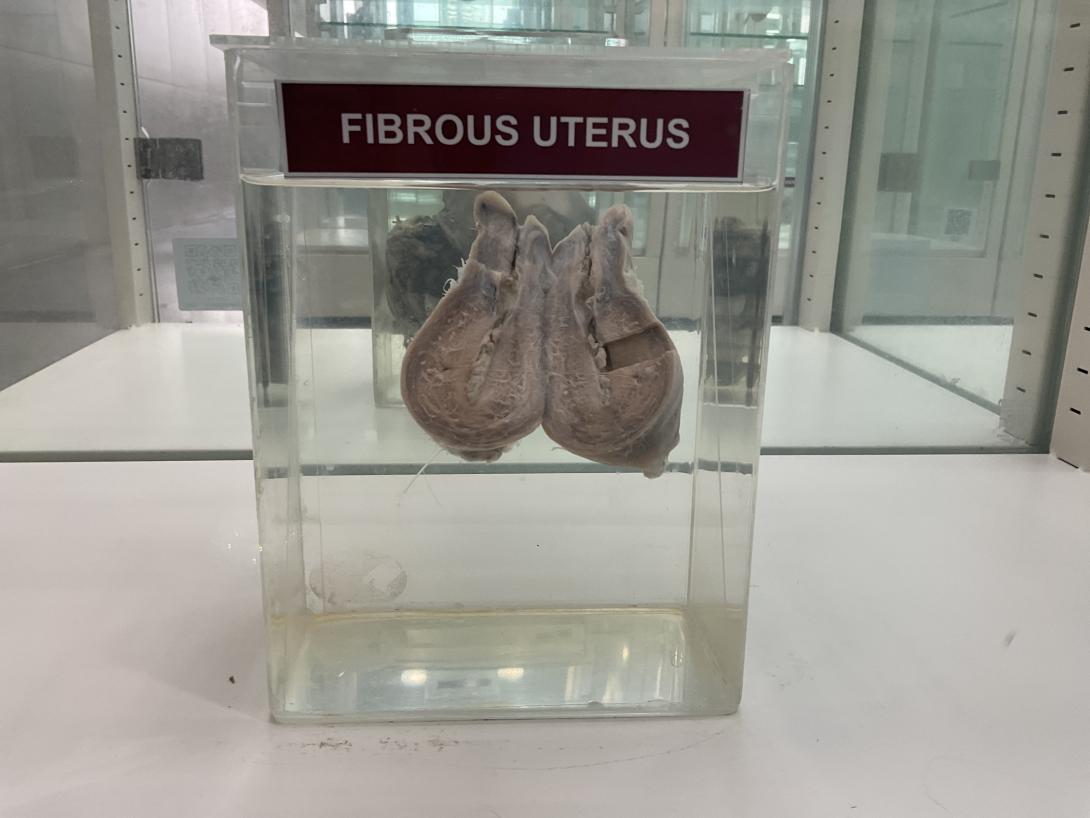There are several types of uterine fibroids, classified based on their location within the uterus:
- Intramural Fibroids: These are the most common type of fibroids and grow within the muscular wall of the uterus.
- Subserosal Fibroids: These grow on the outer surface of the uterus and may project outward.
- Submucosal Fibroids: These grow in the inner lining of the uterus and may protrude into the uterine cavity.
- Pedunculated Fibroids: These grow on a stalk or peduncle and may be located inside or outside the uterus.
Clinical Significance: Uterine fibroids are a common condition in women, particularly in those of reproductive age. Many women with fibroids do not experience any symptoms, but for some, fibroids can cause heavy or painful periods, abdominal or pelvic pain, and other symptoms. In rare cases, fibroids may cause infertility or complications during pregnancy.
Treatment for uterine fibroids depends on the severity of symptoms and the location and size of the fibroids. Treatment options may include medications to control symptoms, such as pain or heavy bleeding, or surgery to remove the fibroids. In some cases, a hysterectomy, or removal of the uterus, may be necessary.

